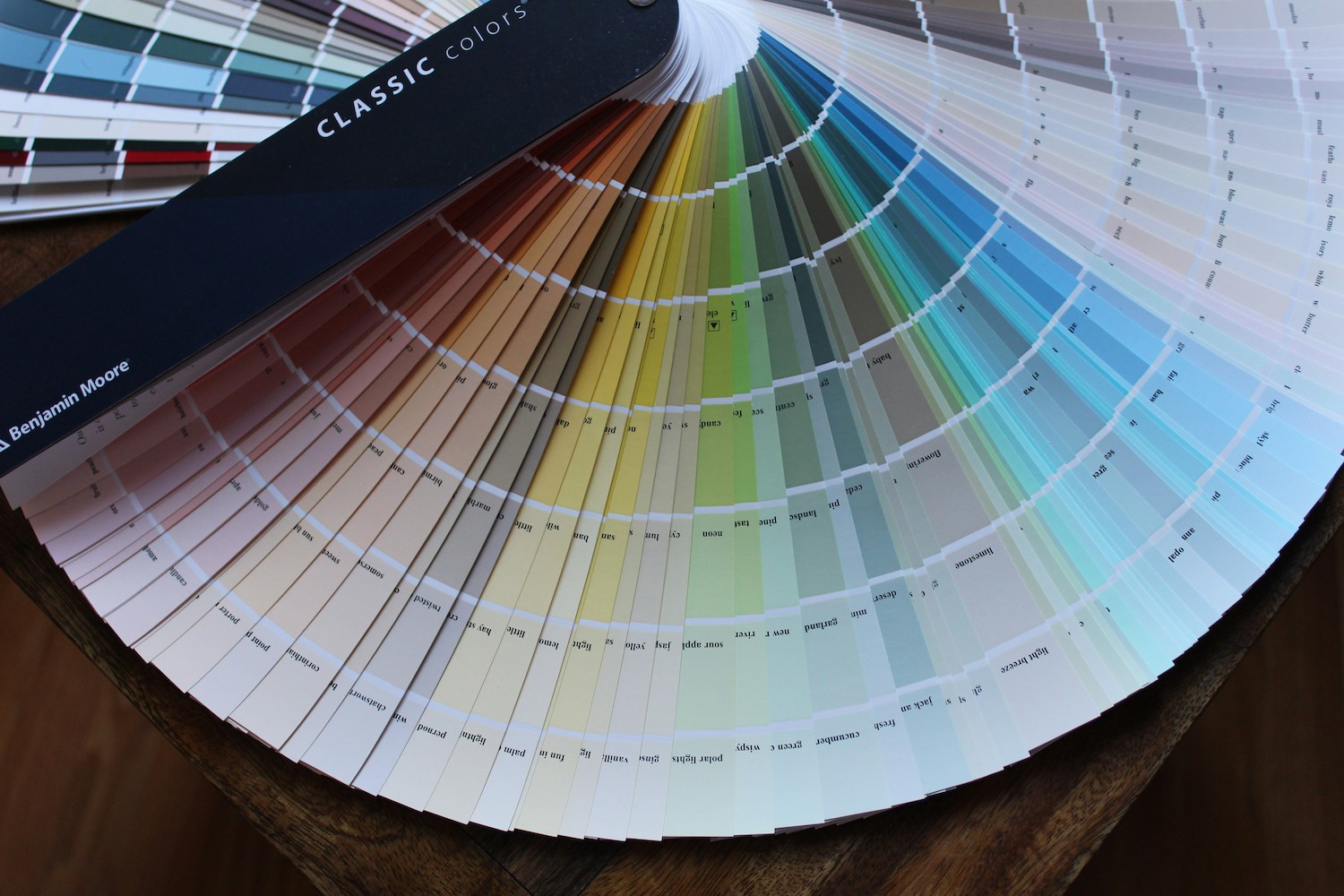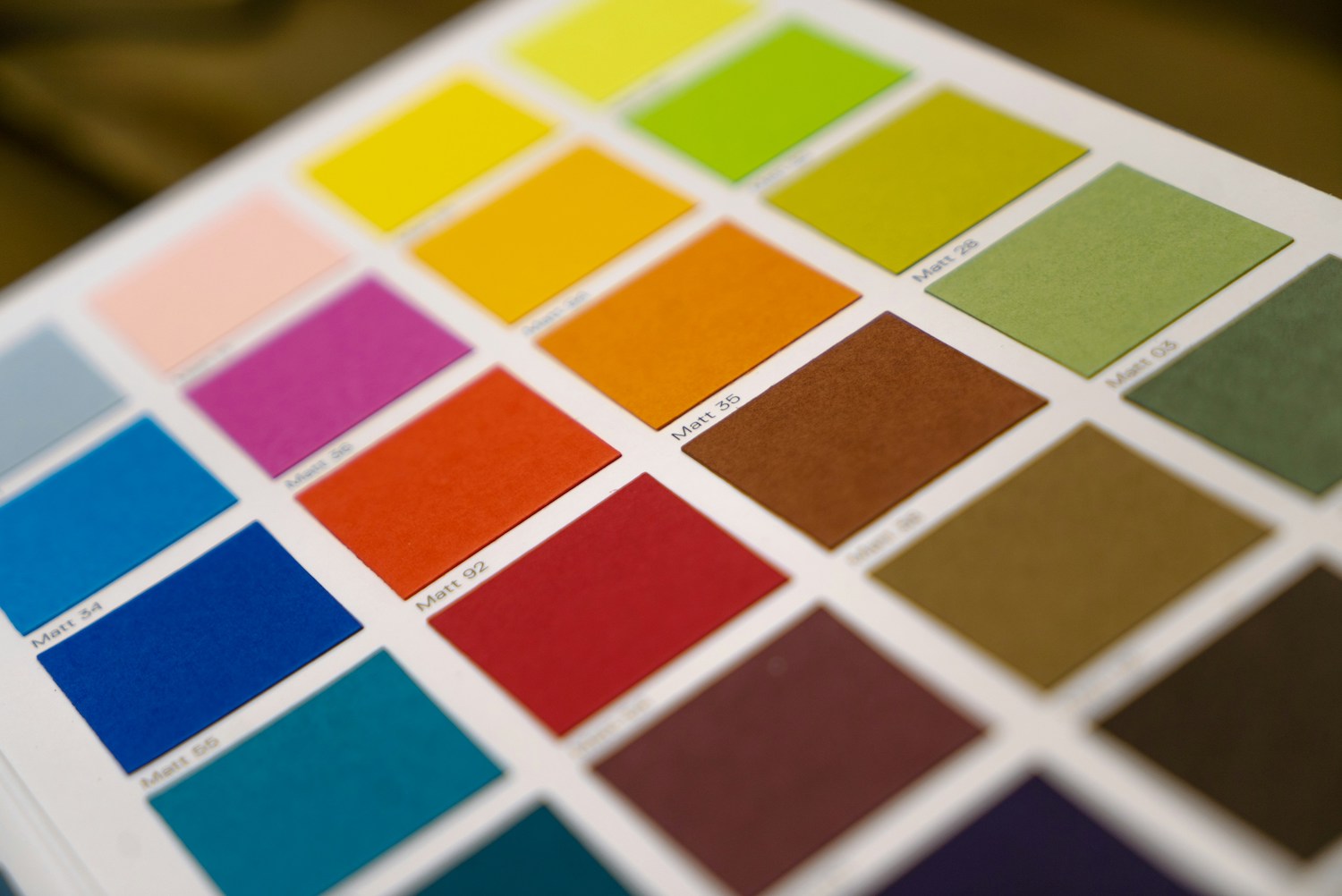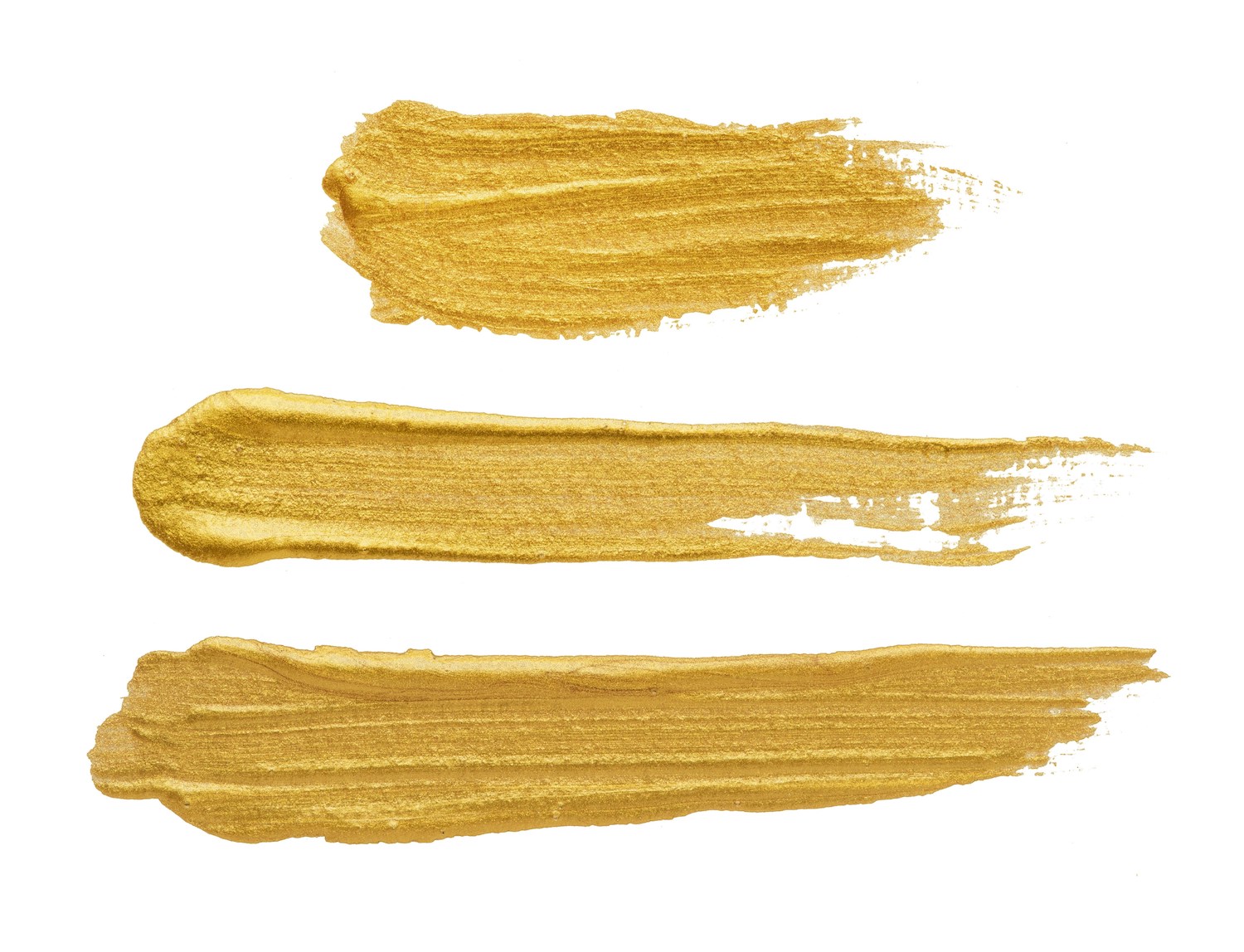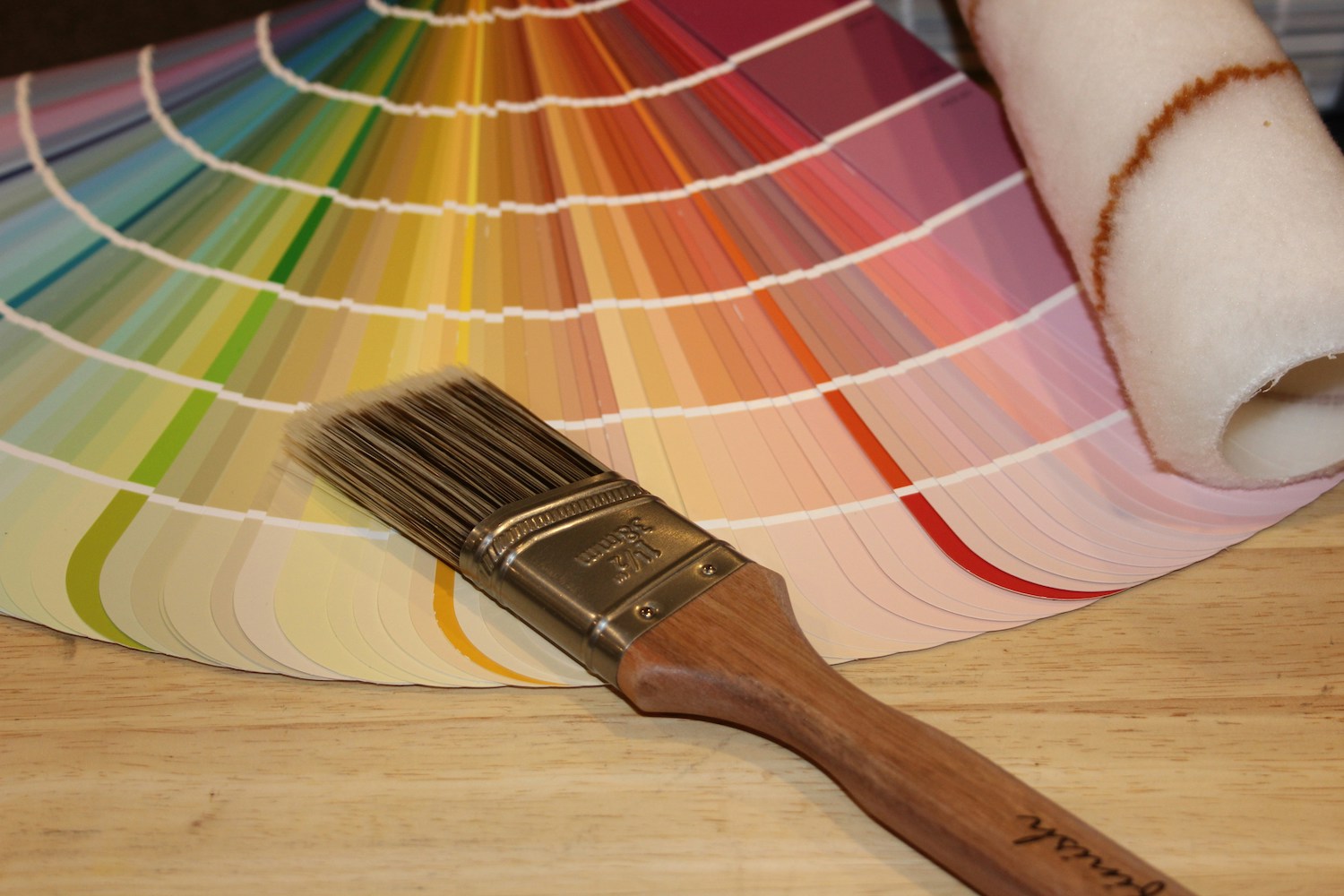The Science of Sheen: Choosing Between Matte, Satin, and Gloss Finishes

You’ve chosen the perfect paint color. You can already imagine it on your walls, setting the mood, pulling the space together. But then comes a deceptively simple question: “What finish would you like?”
Suddenly, you’re faced with a choice you didn’t plan for—matte, eggshell, satin, semi-gloss, high-gloss. It might seem like a small detail, but in reality, paint sheen plays a massive role in how your paint looks, feels, and performs.
Let’s break down the science of sheen—what it means, why it matters, and how to choose the best finish for each surface in your home.
What Is Sheen, Really?
In technical terms, sheen refers to how much light a painted surface reflects. It’s all about gloss level.
- Flat/matte finishes reflect little to no light
- Gloss finishes reflect a lot of light, with a shiny or mirror-like effect
The difference comes down to the ratio of binders to pigment in the paint formula. More binder = higher sheen. Less binder = lower sheen.
Each sheen has its own unique look and behavior under different lighting and wear conditions.

Why Sheen Matters
Choosing the wrong finish can lead to:
- Scuffs and stains that don’t wash out
- Overly shiny walls that highlight imperfections
- Difficult touch-ups with visible patchwork
The right sheen enhances color, hides flaws, and fits the room’s function. It’s about performance and aesthetics.
The Main Paint Sheens (and What They’re Good For)
Let’s start with the basics. Here’s a quick overview of the most common interior paint finishes:
1. Matte / Flat Finish
- Sheen level: 0–10%
- Appearance: Smooth, velvety, non-reflective
- Best for: Low-traffic areas, ceilings, adult bedrooms, formal living rooms
Pros:
- Hides surface imperfections extremely well
- Creates a soft, elegant look
- Touches up easily
Cons:
- Difficult to clean—prone to scuffs and stains
- Not suitable for high-humidity or high-traffic areas
Matte finishes are ideal when you want a room to feel calm and cozy—or when you need to mask wall damage.

2. Eggshell Finish
- Sheen level: ~10–25%
- Appearance: Subtle sheen, like the surface of an eggshell
- Best for: Living rooms, dining rooms, hallways, adult bedrooms
Pros:
- Still hides flaws fairly well
- More durable and wipeable than flat
- Versatile for many interior spaces
Cons:
- Not quite as stain-resistant as satin or gloss
- Slightly harder to touch up without visible difference
Eggshell is a popular compromise—low-key but practical. It adds a touch of polish without drawing too much attention.
3. Satin Finish
- Sheen level: ~25–35%
- Appearance: Soft gloss, smooth to the touch
- Best for: Kitchens, bathrooms, hallways, kids’ rooms, trim
Pros:
- Washable and durable
- Resistant to mildew in humid environments
- Great for active homes
Cons:
- Reveals more wall imperfections
- Harder to do seamless touch-ups
Satin is your go-to for areas that get touched, splashed, or bumped. It’s practical, but still attractive.

4. Semi-Gloss Finish
- Sheen level: ~40–70%
- Appearance: Shiny and light-reflective
- Best for: Doors, trim, cabinets, bathrooms, kitchens
Pros:
- Highly durable and scrubbable
- Moisture-resistant
- Makes architectural features pop
Cons:
- Highlights flaws and uneven surfaces
- Can feel cold or clinical in large areas
Use semi-gloss to frame a room with crisp white trim or to make built-ins stand out.
5. High-Gloss Finish
- Sheen level: 70%+
- Appearance: Glass-like, mirror finish
- Best for: Decorative accents, furniture, high-impact design
Pros:
- Ultra-durable and easy to clean
- Reflects lots of light, adds drama
Cons:
- Requires expert-level prep
- Amplifies every imperfection
Use high-gloss sparingly for luxe, high-style moments—like a statement ceiling or a lacquered cabinet.

Sheen and Lighting: An Overlooked Relationship
Different sheens behave differently under various lighting conditions.
- Natural light can make satin or semi-gloss paint look glossier than expected
- Low light can dull the sheen of satin or eggshell
- Artificial lighting (cool vs. warm bulbs) changes how sheen is perceived
Always test paint samples at different times of day and with your actual light sources. A color that looks velvety and soft in morning light might feel overly shiny at night.
The Sheen Spectrum: A Side-by-Side Recap
| Finish | Reflectivity | Best For | Cleanability | Imperfection Hiding |
| Flat/Matte | Very Low | Ceilings, low-traffic walls | Low | Excellent |
| Eggshell | Low | Living rooms, bedrooms | Moderate | Good |
| Satin | Medium | Kitchens, kids’ rooms, hallways | High | Moderate |
| Semi-Gloss | High | Trim, doors, cabinetry | Very High | Poor |
| High-Gloss | Very High | Accent walls, furniture, details | Very High | Very Poor |

Room-by-Room Sheen Recommendations
Living Room
- Eggshell or satin for a soft but durable finish
Kitchen
- Satin or semi-gloss for moisture and stain resistance
Bathrooms
- Satin or semi-gloss for mildew resistance
Bedrooms
- Eggshell or matte for a soothing, restful feel
Hallways
- Satin to withstand frequent traffic and cleaning
Ceilings
- Always flat or matte to avoid glare
Trim and Doors
- Semi-gloss for crisp contrast and easy cleaning
Tips for Making the Right Sheen Decision
- Think about use first. High-touch = higher sheen.
- Consider wall condition. Imperfections? Stick to matte or eggshell.
- Lighting matters. Test sheen in your home’s unique lighting.
- Kids and pets? Go washable—satin or semi-gloss.
And remember: color and sheen are a package deal. A dark color in gloss can feel overpowering. A pale color in flat can look chalky.

What the Pros Know
Professional painters often use multiple sheens in the same room:
- Flat ceilings
- Satin walls
- Semi-gloss trim
This layering adds depth and dimension while respecting function.
At Paintzen, our painters help clients choose the perfect sheen for each surface—not just for style, but for long-term durability. Our expert knowledge ensures your home looks great and holds up to real life.
Final Thoughts: Don’t Let Sheen Be an Afterthought
Choosing the right paint sheen is as important as choosing the right color. It affects how your space looks, how your walls age, and how much maintenance you’ll need over time.
Whether you’re going for soft and subtle or high-impact shine, sheen is a tool—not just a finish. Use it with intention, and your space will reward you with both beauty and performance.
Need help choosing the right finish for your next paint project? Book a consultation with Paintzen and let our pros guide you from color to sheen and beyond.
